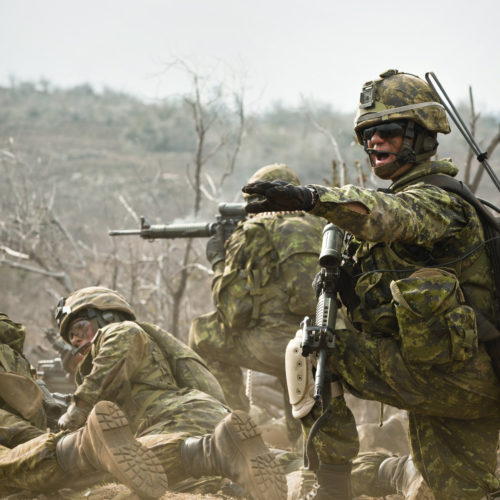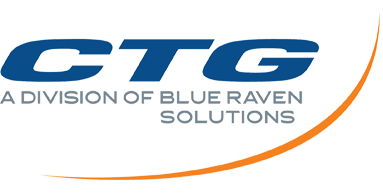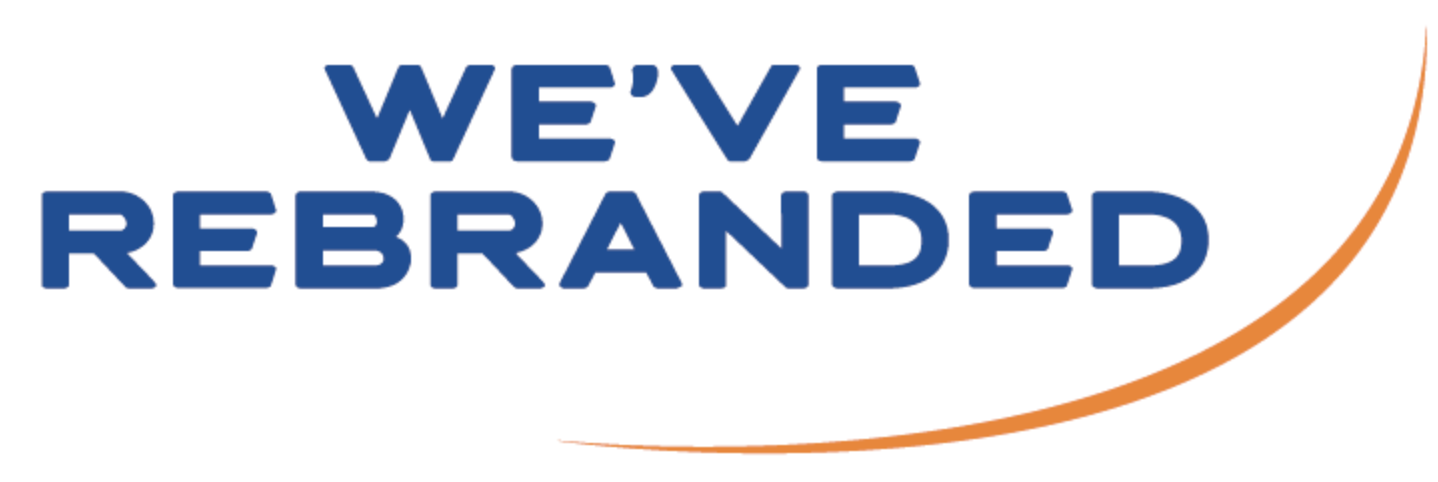
General Neller; here’s what CTG would do to “Disrupt” the Supply Chain
We would provide a “faster, cheaper, smarter” approach to resolve diminishing manufacturing sources and materiel shortages. The demand for current readiness being driven by GEN Neller and the other Service Chiefs is challenging due to several factors; increased Operational Tempos (OPTEMPO), and the contraction of DoD’s equipment modernization accounts. As equipment ages beyond its projected life expectancy, the requirement for parts that have seen low/no demand increases. Changes in maintenance practices from Preventative to Condition-based have disrupted the demand, frequency and forecastability of material, thus causing DoD acquisition centers (DLA) to increase the number of times they decertify National Stock Numbers.
In order to meet these new demand patterns, industry has introduced innovative engineering solutions aimed at accelerating the regeneration of parts. These solutions are more costly and less timely. Procuring the right material at the right time in the correct quantities is essential to building long term sustainability. Predictive analysis allows for prudent life time or safety stock buys and alerts Program/Product Managers to commence engineering solutions.
CTG’s Proactive Obsolescence Management program delivers sustainable production and repair capability, and benefits the services by achieving the right readiness at the right cost. This program reduces sustainment and configuration problems while slowing operating cost growth. The end result is lowered total cost of ownership by reducing costs, maintaining schedules, and improving performance while implementing lifecycle cost reduction initiatives.
CTG’s Proactive Obsolescence Management Program is a three-step process:
- Bill of Material (BoM) Analysis
- Course of Action (CoA) Development
- Bill of Material Monitoring
FIRST:
CTG engages in Bill of Material (BoM) Analysis that categorizes the status of current material into four states:
For example, the figure below represents the scatter gram of a 450 line item BoM for a military laptop.
SECOND:
CTG provides the Services with CoAs to ensure operational continuity in the near and mid-term timeframe. Once CoA’s are accepted and procurements are executed, PM’s are notified of quantities procured and demands forecasted so they can complete engineering solutions in time to meet material consumption patterns.
THIRD:
Finally, CTG monitors the BoM health over time ensuring that changes to inventory postures are passed to the Services.

